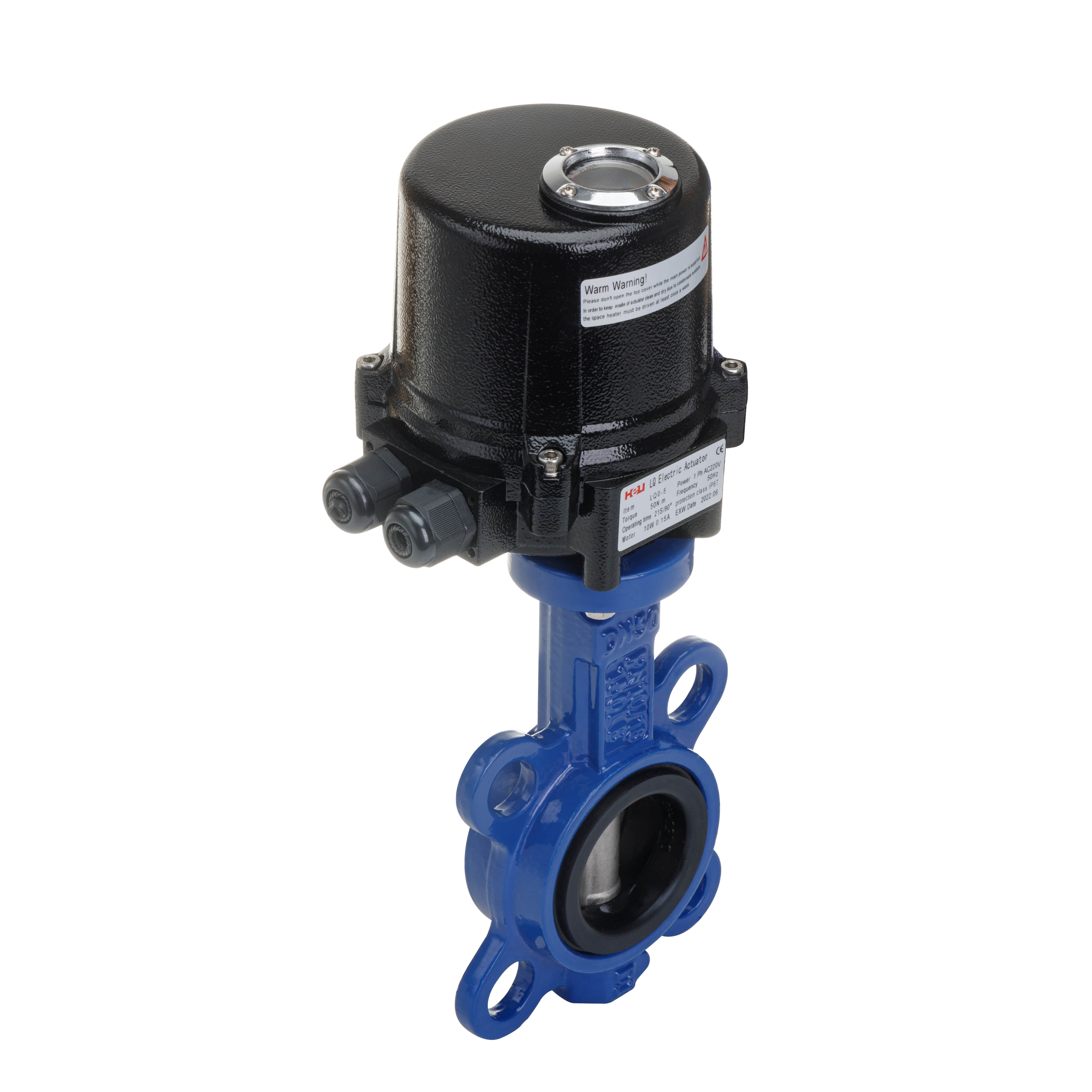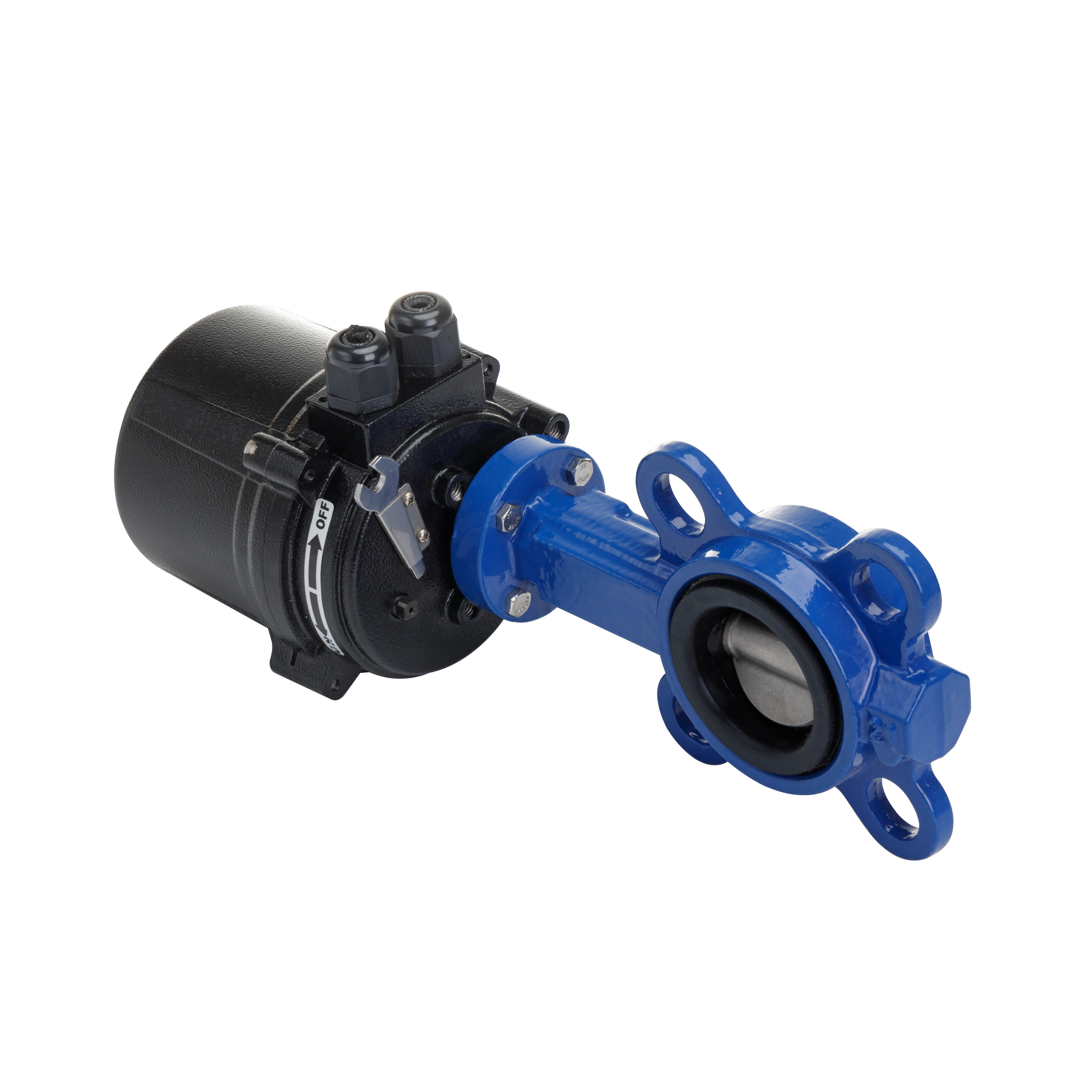understanding electric butterfly valves: functionality and applications
Release time:2024-11-26 05:14:32
Electric butterfly valves are essential components in various industrial processes, known for their efficiency and reliability in controlling the flow of fluids. These valves combine the mechanical design of a butterfly valve with an electric actuator, offering precise control over the opening and closing mechanisms. This article delves into the functionality, advantages, and applications of electric butterfly valves, highlighting their significance in modern engineering.

What is an Electric Butterfly Valve?

An electric butterfly valve consists of a circular disc or plate that rotates around a central axis within a pipe. When the valve is closed, the disc seals against a seat, blocking the flow of fluid. When opened, the disc rotates to allow fluid to pass through the valve. The electric actuator, typically mounted on the valve body, provides the necessary torque to rotate the disc, enabling remote operation and automation of the valve. Functionality and Components




